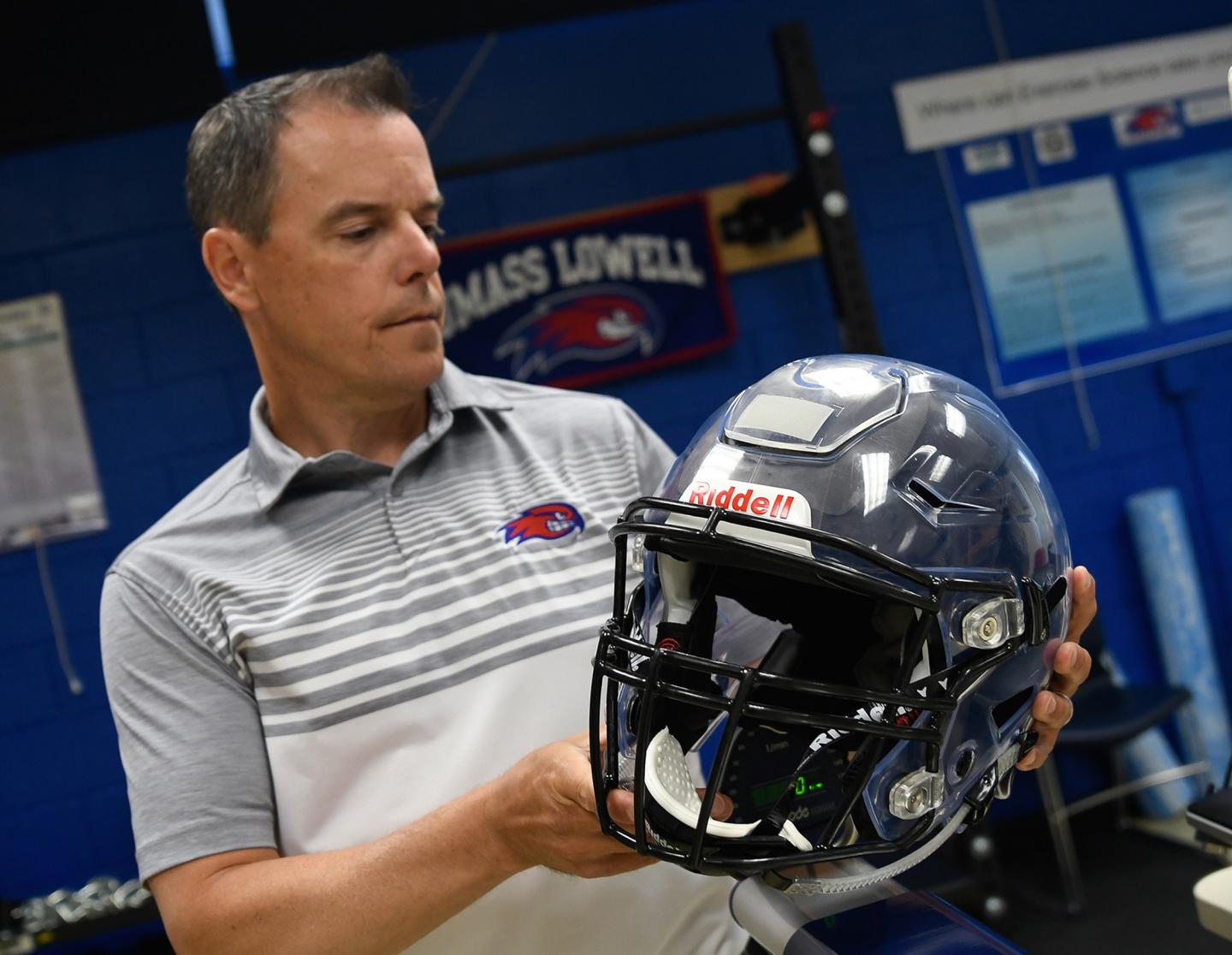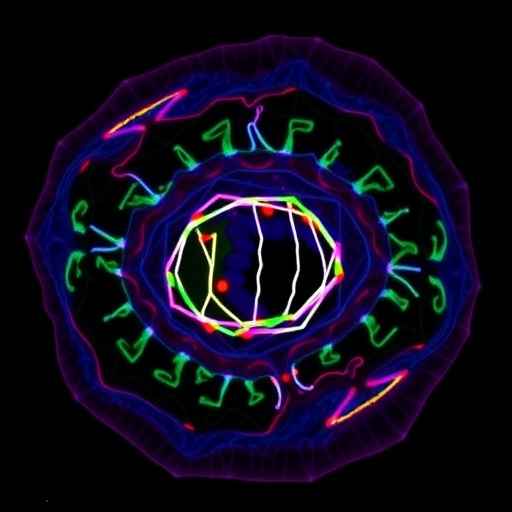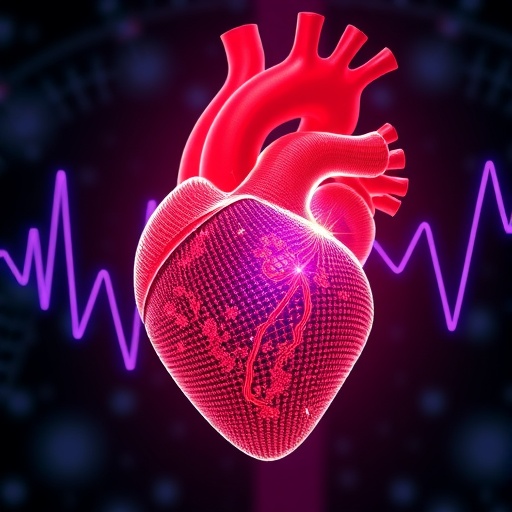New athletic training method aims to reduce brain trauma

Credit: Tory Wesnofske for UMass Lowell
LOWELL, Mass. – An athletic training method shown to reduce head injuries in high school football will be rolled out in Hawaii next week through an $800,000 grant to the UMass Lowell researcher who designed the system.
High school football players who practiced tackling and blocking drills without helmets experienced a 26 to 33 percent decline in head impacts during games when using a training technique created by UMass Lowell Prof. Erik Swartz. His work – supported by the National Football League, Under Armour, General Electric and the NineSigma Head Health Challenge II – has just been published.
“By conducting training without helmets, players can learn to avoid hitting with their heads as the first point of contact and some may even improve their tackling abilities. While a helmet is required for full-contact practices and games, repeated training in tackling and blocking without wearing a helmet reinforces techniques that leave the head out of contact,” said Swartz, chairman of the Department of Physical Therapy and Kinesiology in UMass Lowell’s Zuckerberg College of Health Sciences.
Next week, Swartz will begin the next phase of his research, working with 200 high school football players in Hawaii and partners at the University of Hawaii at Manoa and its Hawaii Concussion Awareness and Management Program (HCAMP). The research is fully funded through a grant from the GOG Foundation, named in honor of Gary Galiher, a well-known attorney in Hawaii who practiced for nearly 40 years.
“Attorney Galiher was aware of the devastating effects of traumatic brain injuries suffered in football and other contact sports and was committed to educating the people of Hawaii about these risks and the ways in which sports could be made safer,” said GOG Foundation President Linda Monica. “Galiher met Prof. Swartz in 2016 and was interested in bringing his training program to Hawaii. Despite Galiher’s death later that year, the foundation reached out to Swartz to make the project a reality.”
Public concern about sports-related concussions has been mounting in the wake of increased reports of former athletes developing cognitive impairments such as chronic traumatic encephalopathy (CTE), dementia and depression. A national UMass Lowell-Washington Post poll found that 77 percent of pro football fans said that head injuries that cause long-term health issues for players are a major problem. In a separate national UMass Lowell poll, more than three-quarters surveyed said it is not appropriate for children to participate in tackle football before age 14.
Despite concerns, use of the head as the point of contact in American football persists. Head impacts can cause concussions and catastrophic cervical spine injury. High school football players can sustain an average of 600 – and as many as 2,000 – head impacts in a single season, according to Swartz.
For his just-published research, Swartz, a resident of Lee, N.H., studied the behavior of 115 youth football players, age 14 to 17 from high schools in Bedford, Derry, Dover and Exeter, N.H., who wore impact sensors in their helmets. During two seasons of play, the athletes experienced a total of 47,382 head impacts.
The researchers led by Swartz then analyzed the frequency of blows to the head among all players, comparing those who received the helmetless training and those who did not. Results showed that drills performed without a helmet during training reduced the frequency of head impacts during play in the mid-point of both seasons, especially during games. Hits to the head averaged 206 per player per season, lower than players who did not receive Swartz’s training, he said.
“Our study was the first to use a randomized controlled trial design, which means we used a control group that helps to ensure that other factors did not influence the results,” Swartz said. “Other tackling and blocking trainings exist but they’ve never been studied scientifically to see if players reduced their head impacts as a result of the training.”
Starting next week, Swartz and his team will observe how football players behave without the training. To measure head impacts during games, sensors will be attached inside players’ helmets.
“Our overall goal is to see if this learned behavior of tackling and blocking without leading with the head will continue when athletes go back to wearing helmets during full-contact practice and games,” Swartz said.
The study will include identifying how often drills should be completed each week and the other resources that need to be in place. This will allow the researchers to better understand how student football programs across the country at all levels can begin training players using Swartz’s system.
“We have more work to do, but the signs are very encouraging that we can change player behavior,” he said.
###
Joining him on the research from UMass Lowell are Jay Myers, a fellow faculty member in UMass Lowell’s Department of Physical Therapy and Kinesiology, and Karyn Heavner, an assistant teaching professor in UMass Lowell’s Department of Public Health. Team members from the University of Hawaii at Manoa include College of Education Dean Nathan Murata; Ross Oshiro, program coordinator at the university’s Queen’s Center for Sports Medicine; and certified athletic trainer Troy Furutani.
UMass Lowell is a national research university located on a high-energy campus in the heart of a global community. The university offers its more than 18,000 students bachelor’s, master’s and doctoral degrees in business, education, engineering, fine arts, health, humanities, sciences and social sciences. UMass Lowell delivers high-quality educational programs, vigorous hands-on learning and personal attention from leading faculty and staff, all of which prepare graduates to be leaders in their communities and around the globe. http://www.
Contact:
Nancy Cicco, 978-934-4944 or [email protected]
Christine Gillette, 978-934-2209 or [email protected]
Media Contact
Nancy Cicco
[email protected]




